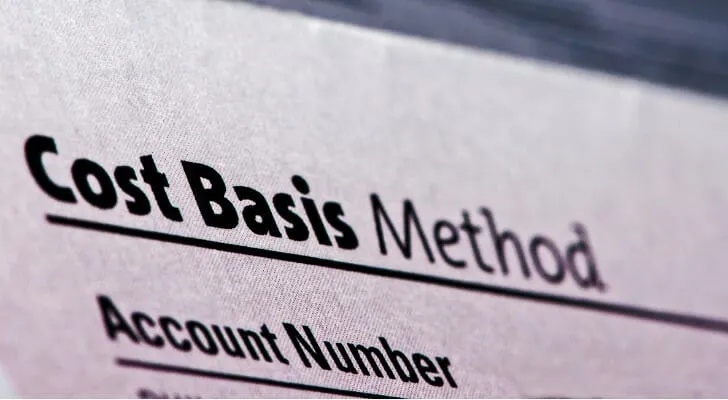Cost Basis vs Performance: How to Understand your Monthly Statement

One of the confusing aspects of reading a monthly statement or your positions page on the website from your brokerage firm is the gain and loss column. While this is something that sounds like it should be fairly straightforward, it isn’t. Many investors often confuse what reflects as a current gain or loss for their performance data. There are several reasons why that is not the case.
Realized vs Unrealized
When reading the positions on your statement, you are reading exclusively unrealized gains or losses. This can make the performance information look better or worse.
Imagine that your advisor bought a position of 100 shares of Apple stock at $180 per share for a total of $18,000.
Six months later the advisor sells 80 of those shares for $230 per share for a total of $18,400, leaving you with the remaining 20 shares on your statement. Then another 6 months later Apple declines to $175 per share.
According to your statement you now own 20 shares of Apple at $175 per share, or $3,500 in total. Since those shares were originally purchased at $180 per share, that will reflect as a loss of $5 per share, or -$100.
However, the statement of positions doesn’t reflect that prior sale of 80 shares for $18,400 which was $400 more than your original investment. Once that sale was completed, you would have locked in a profit on the original transaction, and whatever happens with the remaining 20 shares is all gain. While these transactions will show in your account history from six months earlier, they do not reflect in your current balance. In such a scenario, you made money, but your current statement for accounting purposes reflects a loss.
The opposite can also be true.
Imagine a scenario where your advisor buys $10,000 worth of an S&P 500 index fund. The market subsequently declines substantially, and the fund is now worth $8,000. If this is in an non-retirement account, the advisor may do the prudent thing and sell the fund for the $2,000 tax loss, only to immediately buy something very similar, such as the Russell 1000 stock index. This is a strategy known as “tax-loss harvesting” whereas you maintain market participation but realize the loss for tax deductibility.
Now imagine that the new position in the Russell 1000 index fund appreciates from $8,000 to $9,000 dollars. The monthly statement you receive will show a position that reflects a gain of $1,000. However, while this is correct for accounting purposes, it is really a loss from the original $10,000 investment.
Accounting for Dividends & Interest
This is another area that can be confusing, particularly when it comes to bond funds. Since bonds in most years don’t fluctuate that much in price, the majority of the return that comes from a bond or bond fund is the interest payments that are collected, which typically reflects monthly in a bond fund.
If you purchased a bond fund for $10,000 and it paid a 5% interest payment annually that would mean a $41.66 payment monthly, or $500 annually. It’s fairly common for investors to own a fund for many years. If you opted not to reinvest the dividends, at the end of five years, you would have earned $2,500 in interest payments.
However, what if the value of that funds share price had declined from $10,000 to $9,500? On your monthly statement, you now reflect a loss of $500. In reality, you have a $2,000 gain when you add back the interest you’ve earned. Nevertheless, for accounting purposes your statement will correctly show a loss of $500, when in fact you actually made money.
The reinvestment of a dividend can cause a similar issue as each time you are buying more shares of an investment by acquiring these shares at what may be a higher, or lower price than your original purchase price. Each time you reinvest a dividend, you are altering your cost basis for accounting purposes.
Imagine the same example of a $10,000 bond fund purchase. You have now taken that same $2,500 in dividends payments, which are all 100% gains and added them in at new purchase prices each month.
The sum total of all the shares you acquired from reinvesting those dividends could be valued at $2,300, which is $200 less than the $2,500. This will reflect as a loss of $200 on your statement, yet in fact it is a gain of $2,300 since all of the purchases were the source of an already realized gain.
While to some this may seem complicated and confusing, it is little more than an accounting record. A monthly statement is just an accounting record of your unrealized gains and losses and does not reflect what has already been realized or closed out. The true measure of performance is the change in total market value over time once you’ve corrected for withdrawals and deposits.
Cost basis should only be used to calculate capital gains and losses for tax filing purposes, not to measure performance.




